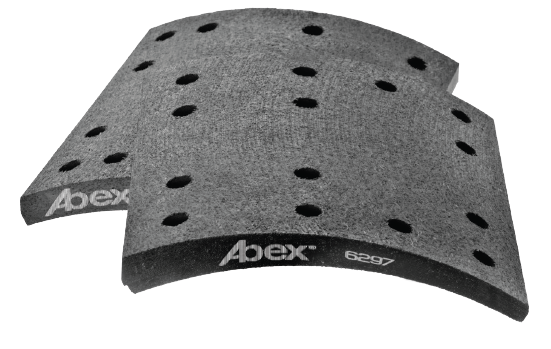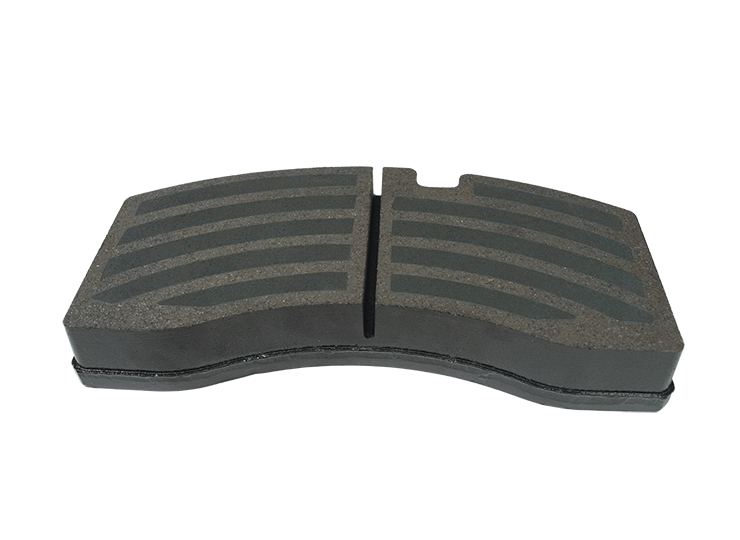ADVANCED BRAKING TECHNOLOGY FOR PROVEN RESULTS
Built on a legacy of innovation, Abex™ is committed to advancing brake technology forward. From maximizing braking power to minimizing cost per mile, Abex develops components that meet the demands of modern heavy-duty vehicles. It’s brake technology that’s miles ahead – just what you’d expect from one of the industry’s leading friction manufacturers.

